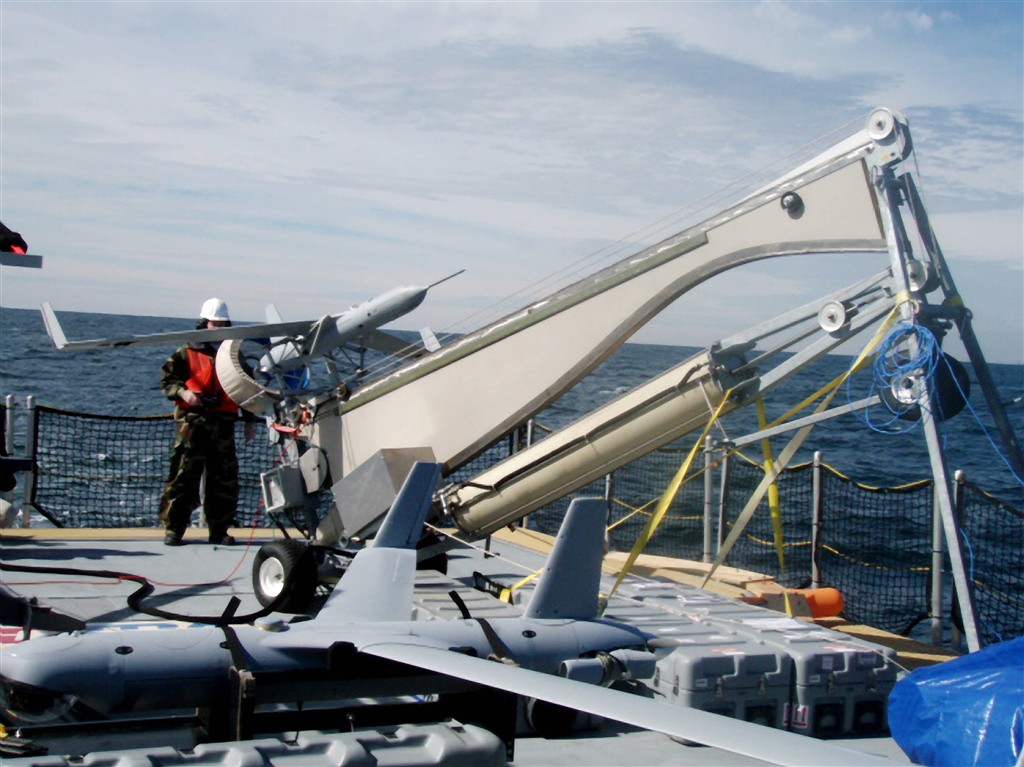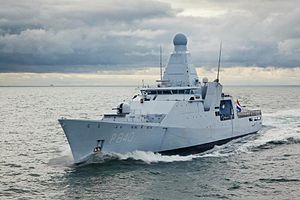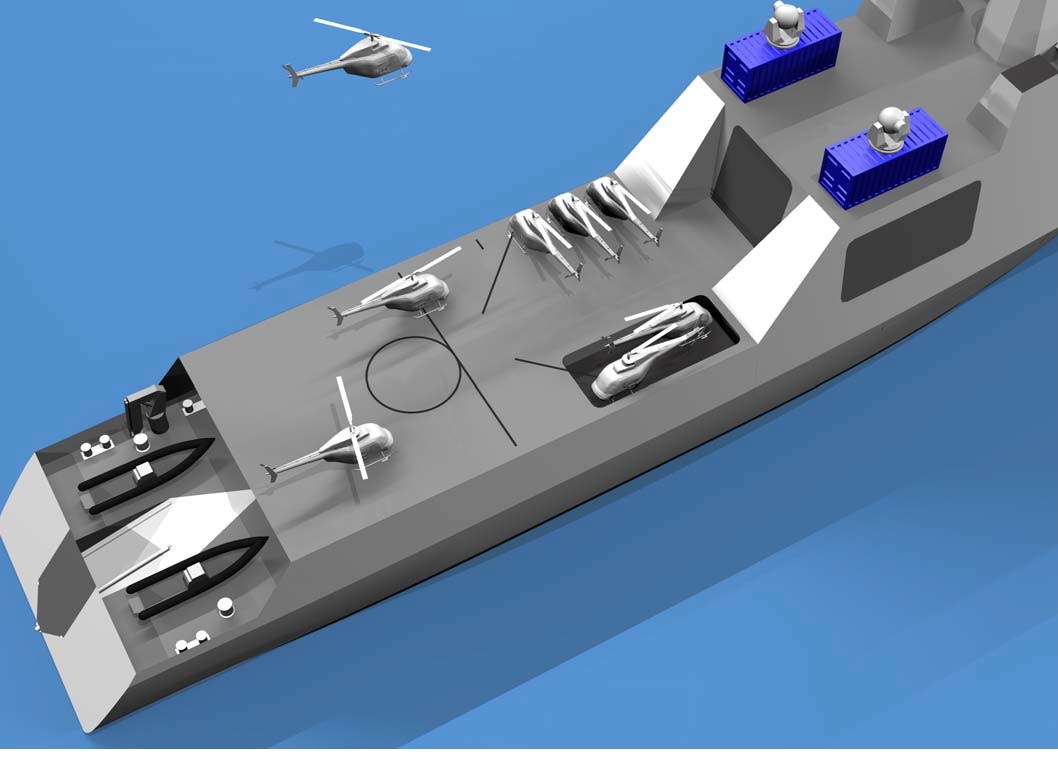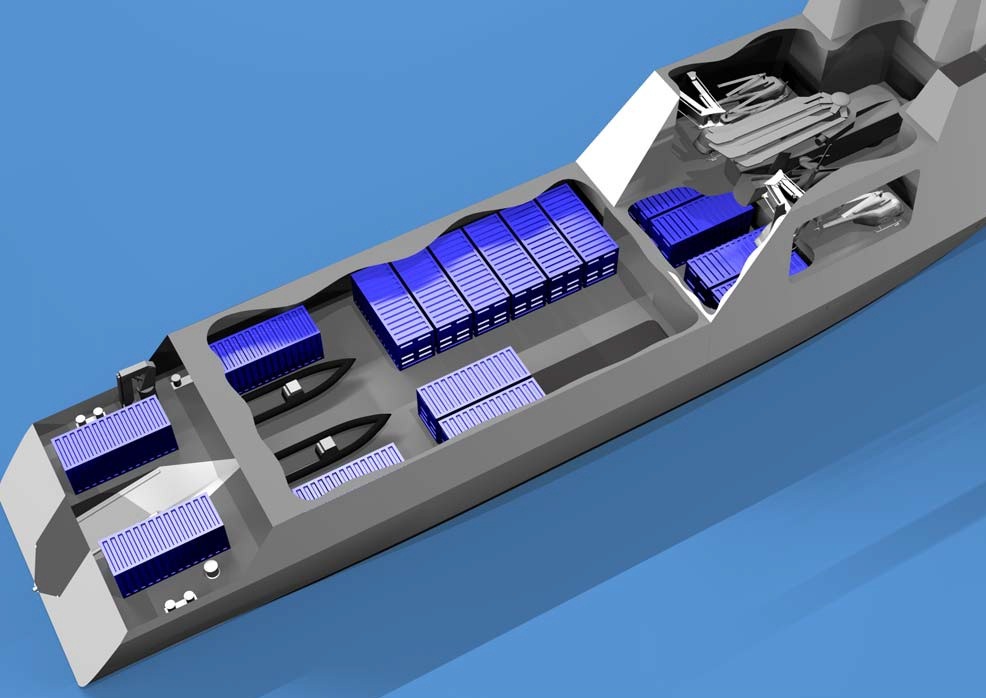According to the Admiral in an open forum brief quite recently, the MCDVs are on the books (the fleet plan reviewed by the Minister regularly) for another 15 years or so. Doesn't mean life won't intervene to take them offline sooner, but with the recent radar upgrades and other tweaks, they'd probably run until then without major overhaul.
The direction being taken by the RCN (again, the Admiral will tell this to anyone who asks) is that the new NAVRES mission is identical to the RCN's mission, and no longer includes a separate "man the MCDVs" line in it. The RCN will man all ships; most of the crews of all ships will be Reg F, but they will be augmented individually by reservists trained to the same standard at various different ranks (basically, the number of people on the Kingston class now, spread throughout the fleet). There's a lot that needs to happen between here and there (the RCN as a whole will be moving away from platform-specificity in training, and PRes/Reg F training will need to be aligned for all trades, etc), so reservists will be predominant on the Kingston-class for quite some time, but this is the 10-year plan.
All that to say that no new platforms will be designated "reserve" or otherwise.







